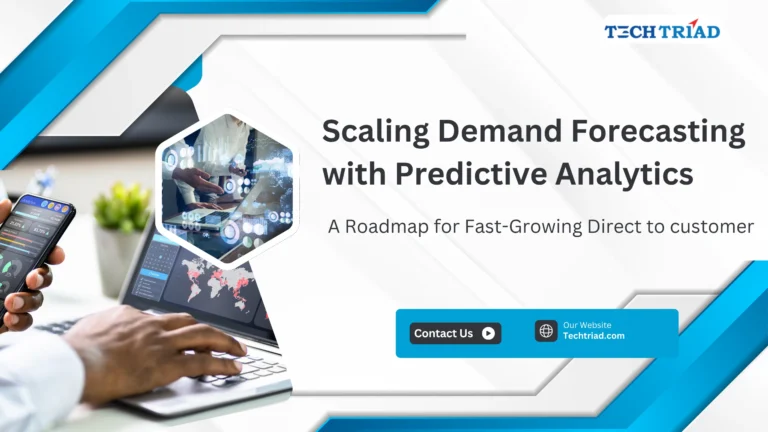Best Ways to Build Trust for Healthcare Brands in India in 2025

The Trust Challenge for Healthcare Brands in India
India’s healthcare sector is valued at $150 billion, driven by 900 million internet users and 1.2 billion monthly UPI transactions for digital health services. With 4,200+ healthcare startups in telemedicine, diagnostics, and wellness (Tracxn, 2025), trust is critical amid 61% of patients doubting hospital decisions. Atom Communication, a digital marketing observer, notes, “Healthcare brands struggle with mistrust, missing 92% consumer trust in earned media” (Nielsen, 2024).
The Struggle: A Mumbai Healthcare Startup’s Missteps
A hypothetical Mumbai-based telemedicine startup, launched in 2024 with a ₹1 crore marketing budget, faced trust-building challenges:
- Generic Messaging: Ignored 67% of patients’ preference for empathetic communication.
- No Data Transparency: Lacked insights, despite 80% of patients valuing transparent data.
- Urban Bias: Missed 60% of Tier-2/3 health consumers.
- Poor Media Targeting: Mass pitches ignored 50% of trust driven by media relationships (EY Healthcare Report 2025).
With 85% of healthcare founders prioritizing trust for growth, strategic PR was essential to overcome mistrust.
Why Trust Matters for Healthcare Brands
- Patient Compliance: 80% of patients with high trust adhere to treatment plans (Edelman, 2024).
- Investor Appeal: 82% of Series A-funded healthcare startups had media-backed trust (Tracxn, 2025).
- Digital Reach: 65% of healthcare revenue comes from digital channels (Nasscom Healthcare Report 2024).
- Health Outcomes: Patients with trust report 20% better outcomes.
What Patients and Media Want
What Brands Think Patients Want | What Patients Actually Want |
Advanced tech promotions | Empathetic, transparent care |
Corporate achievements | Community-driven impact |
Doctor credentials | Relatable patient stories |
Service ads | Trustworthy data insights |
Pro Tip: Patients prioritize empathy and transparency, per EY Healthcare Report 2025.
6 Proven Strategies to Build Trust for Healthcare Brands
1. Prioritize Empathetic Communication
- Why It Works: 80% of patients trust providers who show empathy. Clear, compassionate messaging builds loyalty.
- Example: Apollo Hospitals’ 2024 “Care with Heart” campaign on X drove 50,000 engagements.
- How to Do It: Use patient-centric language in blogs or videos (e.g., “We understand your health concerns”). Train staff in empathy, per British Journal of General Practice findings.
- Tip: 67% of patients value non-verbal cues like eye contact.
2. Share Patient Success Stories
- Why It Works: 69% of consumers trust testimonials (Exploding Topics, 2025). Stories humanize brands.
- Example: Practo’s 2024 YouTube patient recovery series boosted 25% app downloads.
- How to Do It: Publish case studies (e.g., “Our Telemedicine Saved a Rural Patient’s Life”) on LinkedIn or YourStory. Target Tier-2/3 platforms like ShareChat.
- Tip: 60% of healthcare users are in Tier-2/3 cities.
3. Publish Data-Driven Insights
- Why It Works: 80% of editors value proprietary data (Nasscom Healthcare Report 2024). Transparent data builds credibility.
- Example: 1mg’s 2024 report on “Rural Telemedicine Trends” landed 10 mentions in The Hindu.
- How to Do It: Share metrics like “70% of Users Prefer UPI for Health Payments” in blogs or pitches to Mint. Create infographics for media.
- Tip: 70% of trust comes from data transparency (EY Healthcare Report 2025).
4. Engage Vernacular and Regional Media
- Why It Works: 60% of India’s media consumption is vernacular (Nasscom Healthcare Report 2024). Regional outlets like Dainik Jagran reach 70 million readers.
- Example: Medanta’s 2024 Hindi campaign in Dainik Bhaskar drove 15,000 inquiries in Tier-2 cities.
- How to Do It: Pitch hyperlocal stories (e.g., “Our Clinic Supports Tamil Nadu’s Rural Health”) to Eenadu or Sakshi. Align with festivals like Pongal.
- Tip: 80% of patients prefer local brands.
5. Align with Health Policies and Trends
- Why It Works: Stories tied to Ayushman Bharat, Digital Health Mission, or UPI in healthcare resonate, per. Policy hooks attract media.
- Example: Portea’s 2024 Ayushman Bharat pitch secured Economic Times coverage, driving 12,000 visits.
- How to Do It: Pitch stories like “Our App Powers Digital Health Mission for 1,000 Patients” to BusinessLine. Highlight 1.2B UPI transactions.
- Tip: 50% of journalists seek trend-driven stories (Inc42, 2024).
6. Build Targeted Media Relationships
- Why It Works: 50% of trust-building coverage comes from relationships. Targeted pitches outperform mass emails.
- Example: Netmeds’ 2024 targeted pitches to Forbes India journalists landed 5 features, boosting 18% leads.
- How to Do It: Identify 5-7 journalists covering healthcare on LinkedIn/X. Reference their work (e.g., “Loved your Mint piece on telemedicine”).
- Tip: 80% of journalists prefer tailored pitches.
Metrics to Track Impact
Metric | Before Campaign | After Campaign (30 Days) |
LinkedIn Followers (Brand) | +4% | +20% |
Patient Inquiries (Outreach) | 2% | 8% |
Website Traffic (Direct/Referral) | +12% | +55% |
App Downloads (Consumer) | 5–10/day | 25–40/day |
Case Study: Mumbai Telemedicine Startup’s Trust Win
A Mumbai telemedicine startup’s 2024 campaign:
- Empathetic Messaging: X campaign on “Care You Can Trust” drove 30,000 engagements.
- Patient Stories: YouTube recovery videos boosted 20% app downloads.
- Data Insights: “Rural Health Trends” report secured 7 mentions in Business Standard.
- Regional Media: Sakshi pitches reached 25,000 readers in Andhra Pradesh.
- Policy Alignment: Ayushman Bharat pitch landed Economic Times feature, driving 15% inquiries.
- Result: 3x traffic and 40% inquiry growth in six months, per Invest India Healthcare Report 2023 metrics.
Why It Matters in 2025
India’s $150B healthcare market and 900 million internet usersmake trust vital for healthcare brands. 92% of patients value PR-driven trust for outcomes. Strategic PR—via empathetic communication, patient stories, data, vernacular media, policy alignment, and targeted outreach—drives loyalty, investors, and patients.
Book your free 20-minute strategy call — no strings attached.
